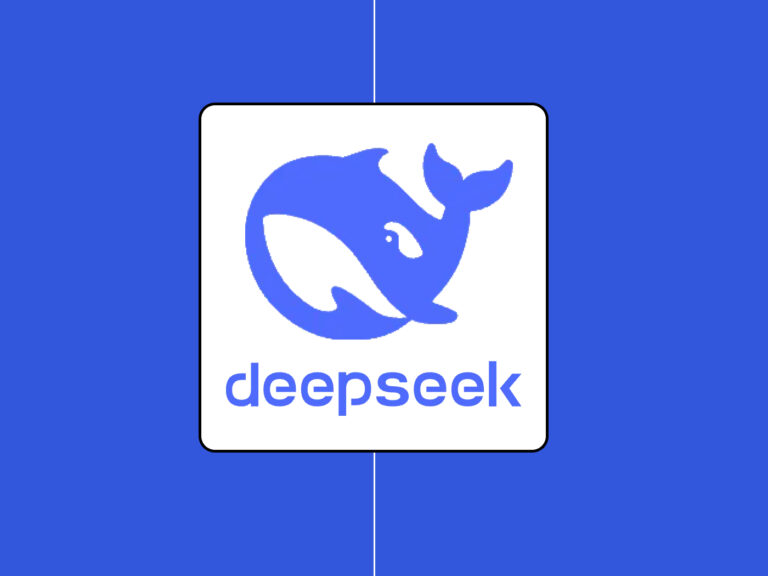AI-powered educational content can personalize learning experiences, provide real-time feedback, and adapt to individual student needs.
In this easy to follow guide, we’ll walk you through the steps to create AI-powered educational content to increase your students’ interest and engagement.
Step 1: Define Learning Objectives
Before diving into content creation, clearly define your learning objectives. Identify what you want students to learn and achieve through the educational content. Understanding your goals will guide the development process and ensure that the content aligns with the intended learning outcomes.
Learning Objective Example:
- Objective: By the end of the week, students will be able to write a persuasive essay.
- Learning Outcomes: Students will be able to:
- Understand the components of a persuasive essay, including introduction, body paragraphs, and conclusion.
- Identify persuasive writing techniques such as ethos, pathos, and logos.
- Craft a thesis statement that clearly states their argument.
- Conclude the essay with a strong summary of key points.
Step 2: Choose the Right AI Tools
Select AI tools that align with your learning objectives and teaching style. Consider tools such as chatbots for interactive learning experiences, adaptive learning platforms for personalized instruction, and content creation tools for generating AI-generated resources.
Explore different options and choose tools that best meet your needs and preferences!
AI Educational Tool Example:
- Objective: Find an AI tool to enhance students’ essay writing skills and provide personalized feedback.
- AI Tools:
- Chatbots: Utilize chatbots to engage students in interactive writing exercises, providing instant feedback on grammar, structure, and style.
- Adaptive Learning Platforms: Implement adaptive learning platforms that analyze students’ writing patterns and offer personalized writing exercises tailored to their individual needs.
- Content Creation Tools: Explore content creation tools equipped with AI capabilities to generate writing prompts, suggest relevant resources, and assist students in brainstorming ideas for their essays.
- Rationale: By selecting AI tools that align with the objective of improving essay writing skills, educators can create a dynamic and personalized learning environment that caters to the diverse needs of students, ultimately fostering their growth and development as writers.
Step 3: Collect and Analyze Data
Gather relevant data to inform the development of AI-powered educational content. This may include student performance data, learning preferences, and feedback. Analyze the data to identify patterns, trends, and areas for improvement, helping you tailor the content to meet the needs of your students effectively.
Kangaroo AI’s key takeaways:
- Gather student performance data, preferences, and feedback.
- Analyze the data to identify patterns and areas for improvement.
Step 4: Develop AI-Powered Content
Utilize AI tools to develop educational content that enhances student learning experiences. Incorporate features such as adaptive learning algorithms, natural language processing, and machine learning to create interactive and personalized content.
Experiment with Different Formats:
- Videos
- Simulations
- Quizzes
- Interactive activities, to cater to diverse learning styles
Step 5: Test and Iterate
Test the AI-powered educational content with a small group of students to gather feedback and evaluate its effectiveness.
Pay attention to student engagement, comprehension, and learning outcomes.
Use feedback to refine and iterate the content, making adjustments as needed to improve its quality and relevance.
Step 6: Implement and Monitor
Implement the AI-powered educational content in your teaching practice, monitoring its impact on student learning over time.
Track student progress, engagement, and satisfaction with the content. Use analytics and insights to assess the effectiveness of the content and make data-driven decisions for continuous improvement.
Conclusion On Creating AI Educational Content
Creating AI-powered educational content holds immense potential for transforming teaching and learning experiences.
By following these easy to follow steps and leveraging AI technology, educators can develop innovative and effective content that engages students and personalizes their learning experiences.
Embrace the power of AI to unlock new opportunities for your students. Happy teaching!




